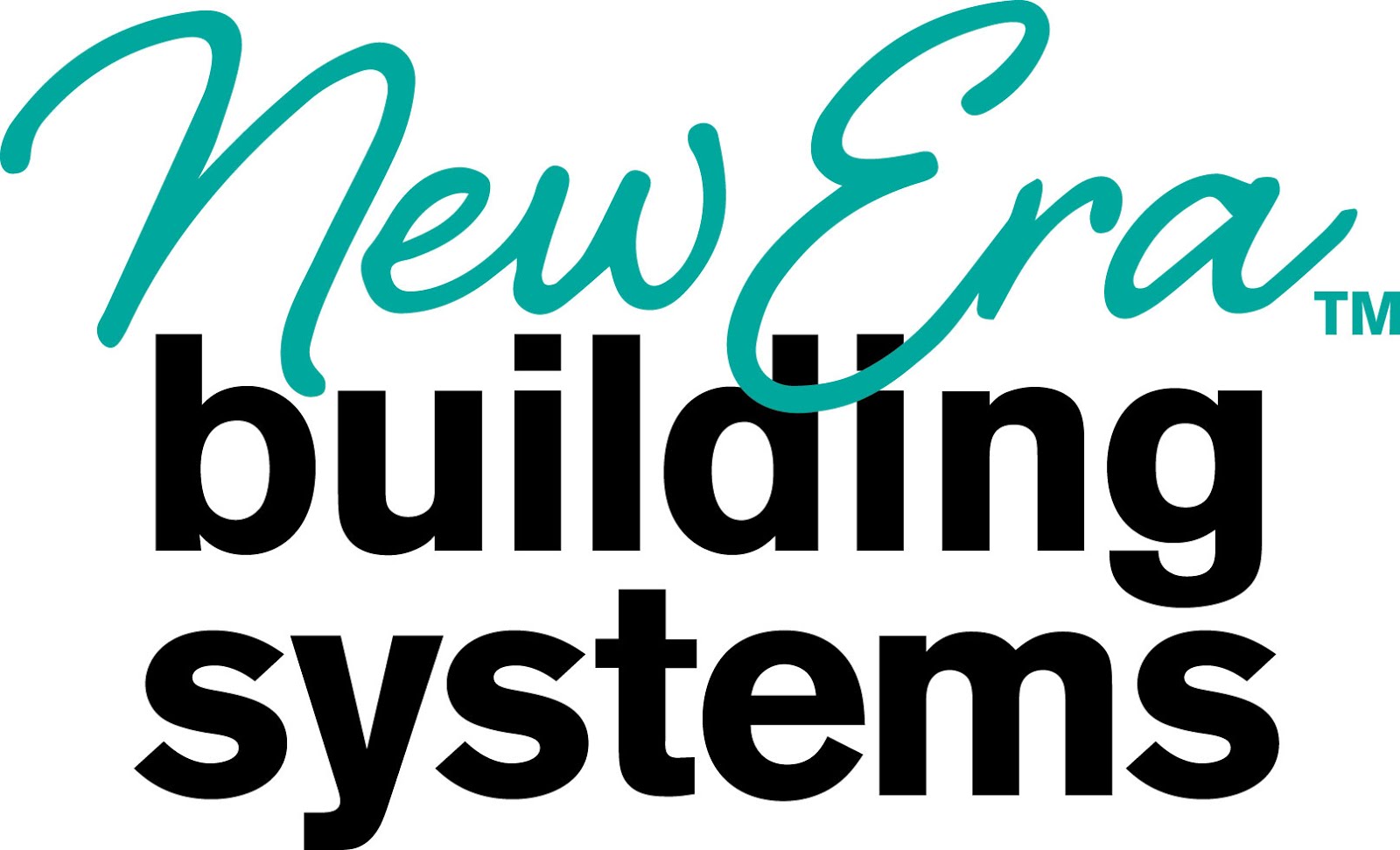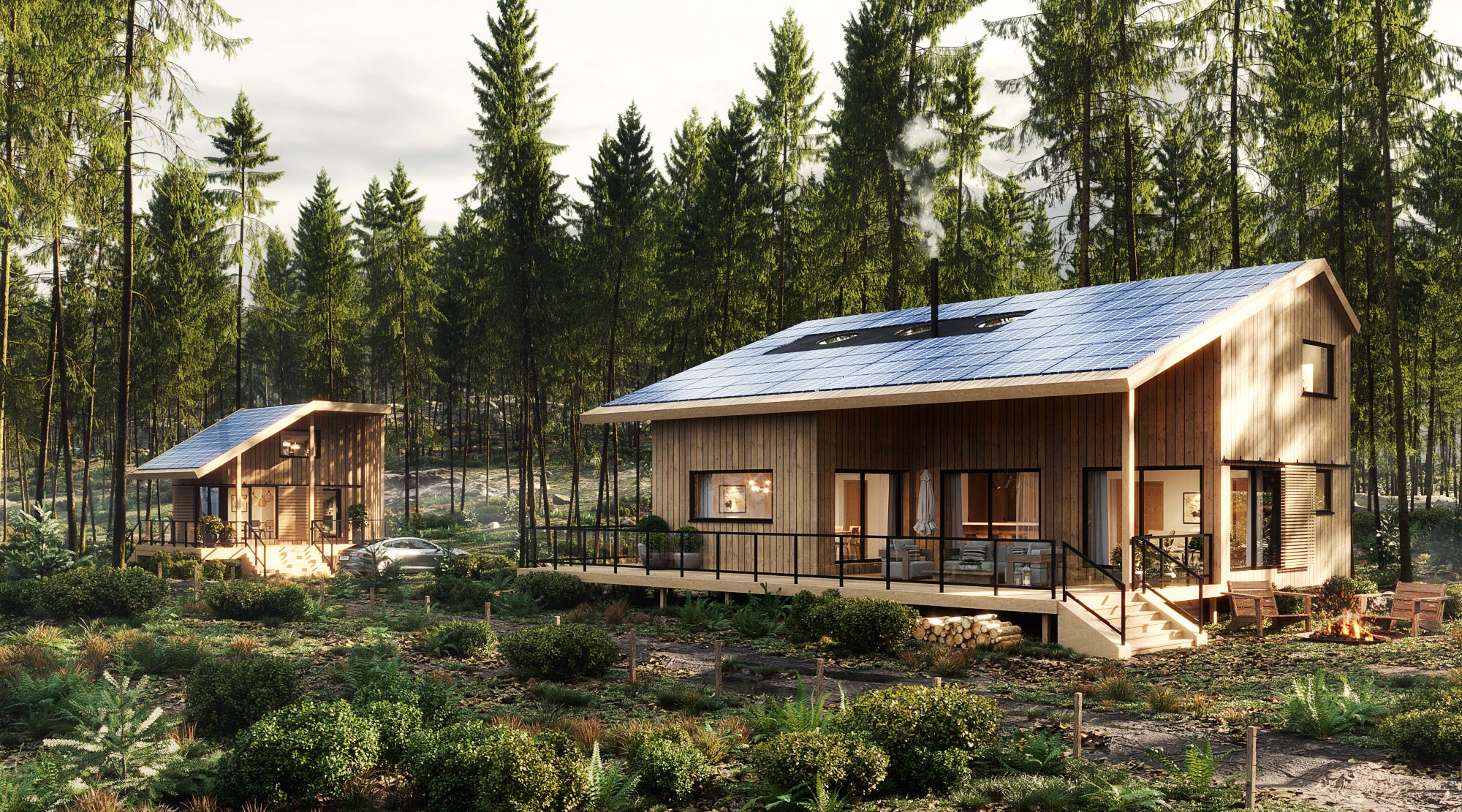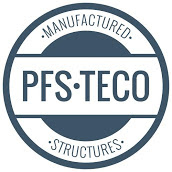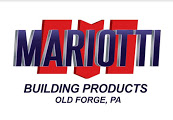In a shake-up reminiscent of post-war home-building booms, The Energy Mix recently spotlighted a Toronto-based prefab builder embracing net-zero efficiency, just as financier-turned-Liberal leader Mark Carney pledges a sweeping affordable-housing initiative. Let’s break it down.
Prefab Meets Net‑Zero
This innovative builder isn’t just talking timber builds — they’re delivering homes designed for net‑zero operation out of the gate. Factory‑built, assembled onsite, and backed by advanced renewables and airtight design, these homes drastically cut carbon footprints. Construction times shave off nearly half compared to traditional, onsite methods — meaning real, fast and sustainable homes. All told, upfront costs drop by 20%, and emissions plunge roughly 22% per build.
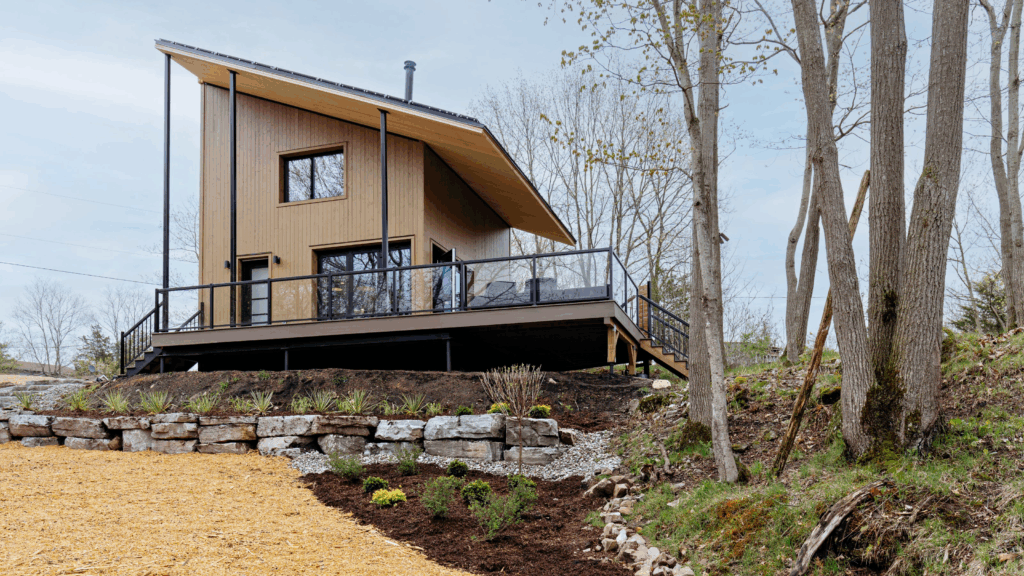
The approach “marries best-in-class construction techniques with advancements in renewable energy and assembly to deliver net-zero, prefabricated homes,” CABN says on its website, which lists designs ranging from 540 to 2,500 square feet and from one to four bedrooms. Standard features include:
• Forest Stewardship Council (FSC)-certified wood;
• Helical pile foundations that typically use no concrete and can be installed in a couple of days;
• Net-zero, passive solar designs;
• Solar and battery storage systems integrated with high-performance building components;
• Smart home monitoring systems.
Carney’s Housing Revolution
Enter Mark Carney, fresh from global finance boardrooms, now steering the Liberals into the housing fight. His flagship: Build Canada Homes (BCH), a new Crown‑like entity that puts the federal government back in the home‑building business — after decades of retreat. BCH’s mission has three clear pillars:
- Direct home production — building affordable units (including on public land), acting as the developer, and transferring CMHC programs over to BCH.
- Catalyzing a prefab industry — $25 billion in debt and $1 billion in equity to scale prefab and modular manufacturing, with bulk orders to anchor demand and support mass‑timber sourcing and trades training.
- Deeply affordable subsidies — $10 billion in financing: $4B for long‑term affordable housing mortgages and $6B for emergency, Indigenous, student, seniors, and supportive housing.
The ambition: double Canada’s home‑building rate to around 500,000 homes a year — echoing post‑WWII efforts. This isn’t Carney’s first bold move — he’s also poised to slash development levies for multi‑unit housing in half (saving ~$40K per Toronto unit), reintroduce tax incentives for rental towers, streamline bureaucratic red tape, and expand standardized housing designs nationwide.
Where These Worlds Collide
Here’s where the prefab meets policy: Carney himself cites prefab and modular as game‑changers — halving build times, cutting costs, and shrinking emissions — all while fostering Canadian industrial innovation. The timing couldn’t be sharper: the net‑zero prefab builder featured by The Energy Mix is exactly the kind of scaled, efficient player BCH hopes to support and order from.

Picture a factory assembly line powered by solar, churning out airtight wall‑sections and volumetric modules — then shipping them to sites where foundations are already in place. It’s fast. It’s green. It sidesteps labor shortages, weather delays, and materials waste. It even reduces risk of cost overruns — a major inhibitor in traditional homebuilding.
Challenges Ahead
Yet ambition is one thing — execution another. Carney’s plan hinges on cross‑jurisdictional alignment — provinces, municipalities, developers, and financing institutions will need to sync. Zoning change, code harmonization, procurement pipelines, and local capacity for prefab assembly all need real‑world success. And yes, critics will ask: can government scale this effectively and sustain it beyond election cycles?
On the modular‑builder side, scaling to national impact means trapping cost savings in supply chains, logistics for delivery and installation, and forging strong relationships with home‑builders used to conventional builds. The final mile — literally placing modules on foundations — still needs local expertise.
Why It Matters
The magic here is convergence. Net‑zero prefab homes are already proving their worth — both environmentally and economically. Carney’s federal push could supercharge this ecosystem — delivering homes people need, decarbonizing housing supply, and reviving public confidence in government’s role.
Think global crises of affordability, climate, and construction bottlenecks — this is a policy and industrial strategy staring them down. If it works, Canada may not just cross the finish line on housing — it could cross into leadership in sustainable prefab.
Credit to The Energy Mix for bringing this to light — check out the full article here: https://www.theenergymix.com/net-zero-prefab-builder-gets-ready-to-scale-up-as-carney-pledges-affordable-housing/
.
With over 9,000 published articles on modular and offsite construction, Gary Fleisher remains one of the most trusted voices in the industry.
.
CLICK HERE to read the latest edition
Contact Gary Fleisher



